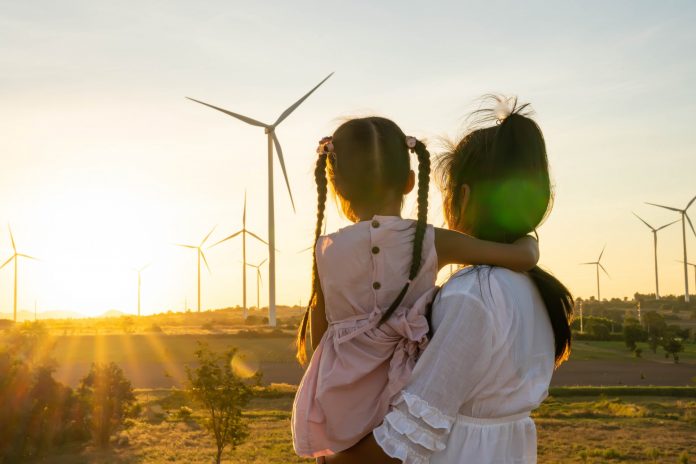A roadmap to achieve significant emissions reductions by 2030 has been released today (21 October) by the Climate Leaders Coalition (CLC), a group of 33 leading Australian companies and their CEOs.
The ‘Roadmap to 2030: Shifting to a Low Carbon Future’ has been published ahead of COP26, the UN climate change conference to be held in Glasgow next month.
“Over a year ago, The B Team Australasia and Australian business leaders created the Climate Leaders Coalition and committed to the ambitions of the Paris Agreement,” says CLC Co-Chair David Thodey.
“They did not just collaborate in the interests of their businesses, but also for future generations and the country that has enabled the success of their companies. The CLC roadmap outlines steps its members believe are needed and are within their own control to achieve the 2030 milestone.”
CLC’s companies
CLC companies cover a range of sectors and represent more than $305 billion in revenue, employing more than 632,000 people and contracting many thousands of others.
The member companies are claimed to account for the equivalent of 22% of Australia’s current total greenhouse gas emissions.
Among CLC’s members are Ampol, Coles, Viva Energy, Lion and Unilever.
What the roadmap entails
CLC Co-Chair John Lydon says the roadmap is available as a pragmatic guide for any business leader on how to prepare for and achieve emissions reductions.
“Through the commitment and resources that CLC CEOs have provided, I believe other businesses across Australia can benefit from initiatives in the roadmap,” he says.
“CLC members are also conscious of the skills required for the challenge and the key role of employees in delivering change. Preparing existing workforces and creating new jobs are twin objectives to provide the basis for an inclusive transition to a new competitive and sustainable economy.”
The CLC roadmap includes case studies, suggested focus areas CEOs can target, and critical questions organisations need to answer to address this issue.
There is an overall guide to decarbonisation, as well as sections on the energy transition, supply chain transformation, climate resilience, regional shifts, and offsets.
It also includes information on the two enablers of emissions reduction: finance and technology.
“The end of the current decade will be fast upon us. This roadmap presents a very different perspective to thinking about the far-off targets of 2050,” says Mr Thodey.
“To achieve those longer-term targets requires significant action this decade due to the extent of the task at hand and the time for projects to be developed and delivered. This decade is about action and delivery.”
Read the roadmap here.


